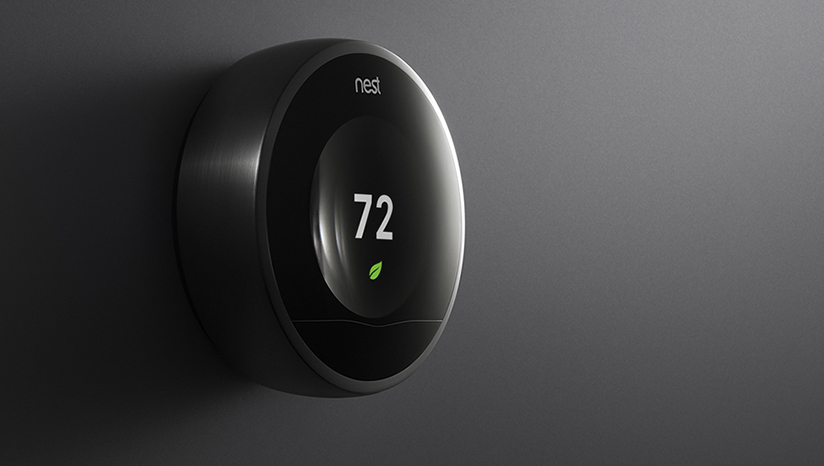What if it were possible to stay fairly cool in the hot months of the year and keep your utility bill low? There has always been this battle for control over the thermostat. One person might consider it to be perfect at 76° F, while another would consider a chiller 70° F as more to their preference when it’s in the low 100’s outside. The problem with these types of disputes is that you can’t very well change the internal temperature or personal preferences of the individual. In these cases, it’s really all about finding a compromise.
A major issue with your temperature setting is the cost of energy. Each time the thermostat is lowered, whoever has their name on the contract has to foot the bill for the comfort of whoever changed it. Having these kinds of struggles with your family, roommates, or even co-workers can be such a tedious thing to deal with. This begs the question of what setting is the best setting to appeal to both comfort and cost concerns.
Experts at EnergyStar would say that the ideal temperature to have your A/C on would be at 78° F. This number applies to at all times that you’re at home and awake with your A/C running. The ideal numbers for cooling and comfort differ depending on other factors, such as when you’re away from home but would like to return to a cooled down house or apartment after a strenuous day at work. The other temperatures for the best cooling and cost balance would be 85° F when you’re away from the house for more than a few hours and 82° F while you’re asleep. Having a thermostat that is programmable will make setting a perfect time schedule for these temperatures a breeze. If you don’t already have a programmable thermostat, consider investing in one. Many people tend to forget to make these small adjustments or they simply don’t have the time to deal with little details on their air conditioning unit a few times per day.
If 78° F is too warm for you, try lowering it over time by one degree until you see a good result. For those who are just the opposite and like it a little warmer, you may also consider bumping the AC up by one degree over time, until you’ve achieved satisfying results. It has been calculated that for every degree you raise the temperature, you will save approximately 3% on your energy bill. Having a box fan, floor fan, or especially a ceiling fan, will help regulate the air and can actually make the room feel cooler than the temperature coming out of the A/C unit. If you don’t have a ceiling fan, consider investing in a standing fan that is adjustable in height.




